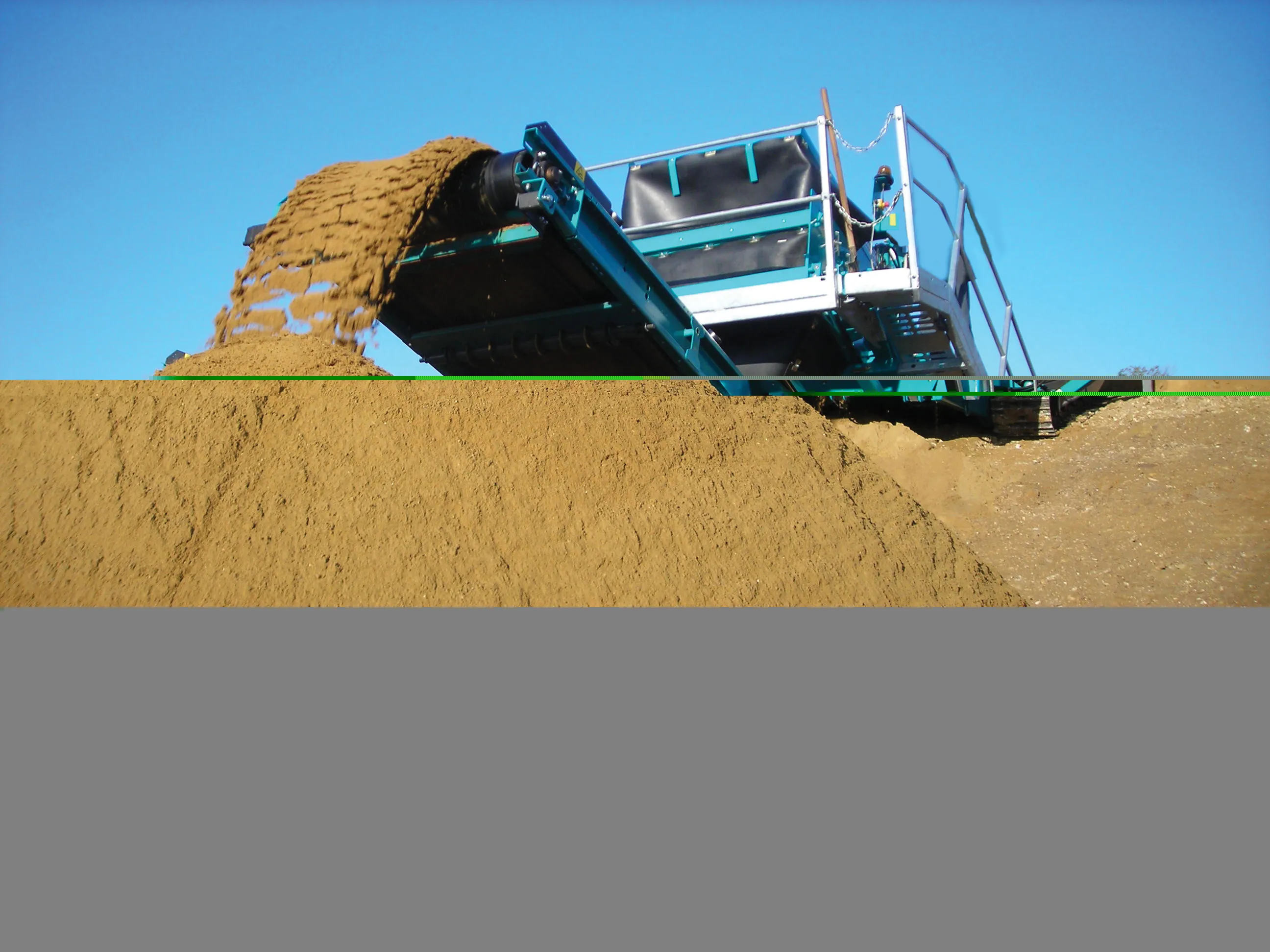Powerscreen is restructuring its distribution channel in Russia with the appointment of one dealer covering all of the European part of Russia, including Federal Districts 1,2,3,4 and the Sverdlovsk and Chelyabinsk Oblasts. The mobile crushing, screening and washing equipment provider will be represented in European Russia by Kwintmadi, part of the JVM Group.
May 14, 2012
Read time: 2 mins

The mobile crushing, screening and washing equipment provider will be represented in European Russia by
According to 2011’s Rosstat report, 2009 production of ferroconcrete structures, sand, crushed stone, gravel and wall building materials in Russia went down by 35-40% year-on-year, but in 2010, production resumed growth. RBC Market Research has reported that the Russian market has overcome the economic crisis and has demonstrated growth in the majority of key indicators for 2010 and 2011. With business confidence having been restored, Russia is now one of the fastest growing countries in the world in terms of both infrastructure and economic development.
Speaking of Kwintmadi’s appointment in a global context, Pat Brian, global sales and marketing director for Powerscreen, said: “Powerscreen is pleased to further streamline and strengthen its approach to developing markets. With an existing strong presence in Brazil, and with September, 2011, marking ten very successful years in India, the appointment of Kwintmadi for Russia is the next logical step in developing nations.”







